Quail, those seemingly unassuming birds flitting through grasslands and woodlands, represent a fascinating intersection of natural history, ecological importance, and cultural significance. Often overlooked, these small game birds possess a surprisingly complex life history and play a vital role in the ecosystems they inhabit. This comprehensive guide delves into the world of quail, exploring everything from their evolutionary origins and daily habits to their interactions with both the natural world and humankind.
What Exactly Is a Quail?
The term “quail” doesn’t refer to a single species, but rather a collective name for several genera of small to medium‑sized ground‑dwelling birds within the pheasant family (Phasianidae). While considerable variation exists between species, most quail share certain characteristics. These include a compact body, short neck, and relatively short tail. They are typically brown, gray, or mottled to provide camouflage within their preferred habitats. Quail are found on every continent except Antarctica, with the greatest diversity in Eurasia and the Americas.
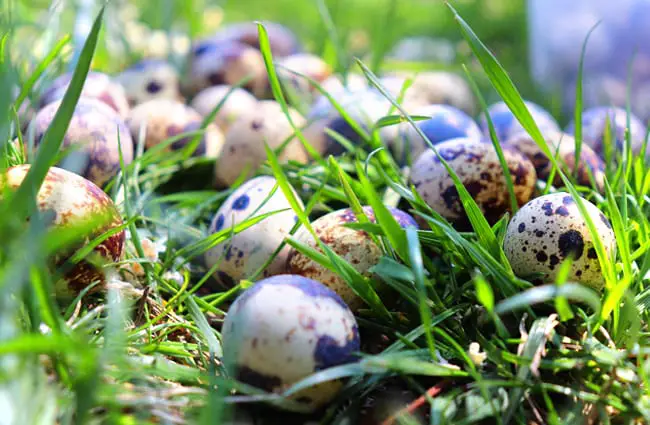
A Quick Look at Common Quail Species
Several species are commonly referred to as “quail.” The Northern Bobwhite (Colinus virginianus), found throughout eastern North America, is perhaps the most well‑known. The California Quail (Callipepla californica), distinguished by its forward‑curving head plume, thrives in the western United States and parts of Canada and Mexico. The Common Quail (Coturnix coturnix) is a migratory species found throughout Europe and Asia, famous for its long‑distance flights. Gambel’s Quail (Callipepla gambelii) favors the arid landscapes of the southwestern United States and Mexico.
The Evolutionary History of Quail
Tracing the evolutionary lineage of quail reveals a story stretching back millions of years. The family Phasianidae, to which quail belong, is an ancient group with fossil evidence dating back to the Oligocene epoch. Early phasianids were likely forest‑dwelling birds that gradually adapted to more open habitats, developing the ground‑dwelling lifestyle characteristic of modern quail. The diversification of quail species is closely linked to geological events, such as the formation of mountain ranges and changes in climate, which created isolated populations and drove the evolution of distinct species.
Habitat and Distribution
Quail exhibit remarkable adaptability, inhabiting a wide range of environments. These include grasslands, shrublands, woodlands, and agricultural fields. They are generally found in areas with dense ground cover, providing protection from predators and a source of food. The California Quail, for instance, is remarkably adaptable and can be found in a variety of habitats, from chaparral to suburban gardens. Northern Bobwhites prefer areas with a mix of open fields and dense brush. Understanding the habitat requirements of different quail species is crucial for conservation efforts.

Diet and Foraging Behavior
Quail are primarily ground feeders, with a diet consisting of seeds, grains, berries, insects, and occasionally small invertebrates. Their foraging behavior is opportunistic, taking advantage of seasonal food availability. During the spring and summer months, insects form a significant portion of their diet, providing essential protein for growth and reproduction. In the fall and winter, they rely more heavily on seeds and grains. They use their strong beaks to crack open seeds and dig for invertebrates in the soil. The availability of food is a key factor influencing quail population dynamics.
Social Behavior and Reproduction
Many quail species exhibit complex social behaviors. They are often found in groups called “coveys,” particularly during the non‑breeding season. These coveys provide increased vigilance against predators and improve foraging efficiency. During the breeding season, males establish territories and attract females through elaborate displays and vocalizations. Northern Bobwhite males, for example, perform a “drumming” display, using their feet to rapidly beat the ground. Females lay their eggs in ground nests, typically concealed in dense vegetation. Clutch sizes vary depending on the species, but typically range from 10 to 20 eggs. Both parents may participate in incubation and chick rearing. Chicks are precocial, meaning they are able to walk and forage shortly after hatching.
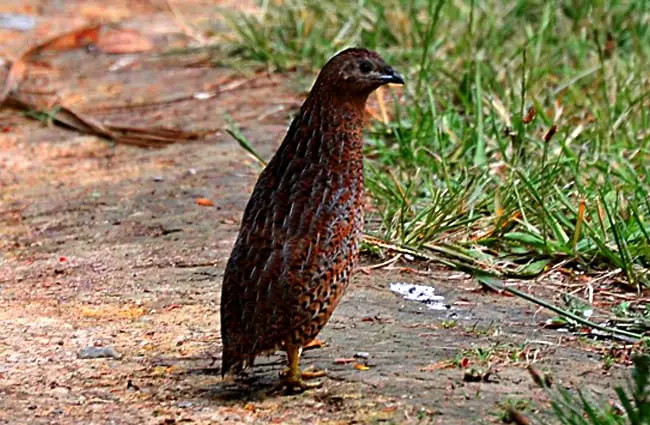
Quail and the Ecosystem
Quail play an important role in the ecosystems they inhabit. As ground feeders, they contribute to seed dispersal and help control insect populations. They also serve as an important food source for various predators, including hawks, owls, foxes, and coyotes. Their foraging activities can influence vegetation structure and composition. Healthy quail populations are often indicative of a healthy ecosystem. The decline of quail populations in some areas is a cause for concern, as it may signal broader environmental problems.
Quail and Humans
Humans have a long and complex relationship with quail. For centuries, quail have been hunted for sport and as a source of food. They are also raised in captivity for egg and meat production. In some cultures, quail eggs are considered a delicacy. However, habitat loss and fragmentation, pesticide use, and overhunting have all contributed to declines in quail populations in many areas. Sustainable management practices are essential to ensure the long‑term survival of these birds.

Finding Quail in the Wild
For birdwatchers and nature enthusiasts, spotting quail in the wild can be a rewarding experience. Look for them in areas with dense ground cover, such as grasslands, shrublands, and agricultural fields. Listen for their distinctive calls, which vary depending on the species. Early morning and late afternoon are often the best times to observe them. Be patient and observant, and you may be rewarded with a glimpse of these fascinating birds.
Caring for Quail in Captivity
For zookeepers and aviculturists, providing proper care for quail requires attention to their specific needs. They require spacious enclosures with plenty of ground cover and dust‑bathing areas. Their diet should consist of a balanced mix of seeds, grains, insects, and greens. Regular health checks are essential to monitor for any signs of illness. Providing enrichment activities, such as foraging opportunities and social interaction, is important for their well‑being. Avoid overcrowding and ensure proper hygiene to prevent the spread of disease.
Interesting Quail Facts
- Some quail species are capable of surprisingly fast flight, reaching speeds of up to 40 miles per hour.
- The Common Quail is a long‑distance migrant, traveling thousands of miles between its breeding and wintering grounds.
- Quail eggs are smaller and more speckled than chicken eggs, and are considered a delicacy in some cultures.
- Coveys of quail often roost together at night, forming a tight circle for protection.
- The drumming display of the Northern Bobwhite is used to attract females and defend territory.

In conclusion, quail represent a captivating group of birds with a rich natural history and ecological significance. Understanding their behavior, habitat requirements, and conservation needs is essential for ensuring their survival in a rapidly changing world. Whether admired in the wild or carefully cared for in captivity, quail continue to fascinate and inspire us with their resilience and beauty.
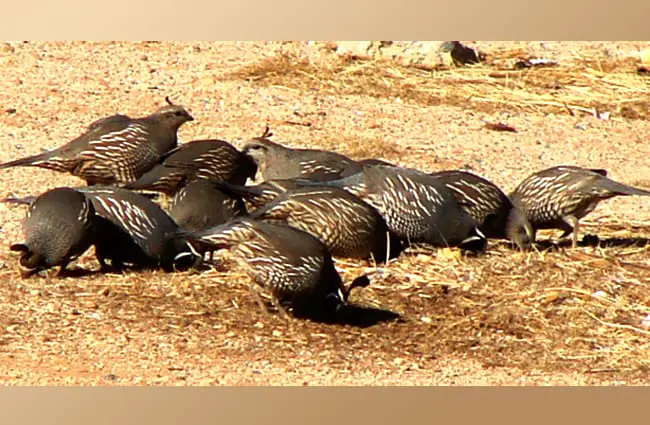

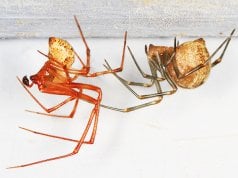
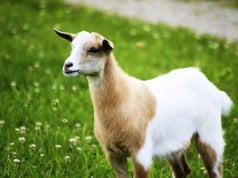


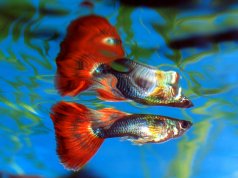
![Red Angus Closeup of a beautiful Red Angus cowPhoto by: U.S. Department of Agriculture [pubic domain]https://creativecommons.org/licenses/by/2.0/](https://animals.net/wp-content/uploads/2020/03/Red-Angus-4-100x75.jpg)

